What’s Up?
This blog was adapted from one originally published here on April 4, 2012. I finished this blog post in the lobby of the Albatross Hotel on the morning of Sunday, December 14, 2014.
Along with the rest of my shipmates I boarded the Ortelius on the afternoon of 15 DEC. We get back to dock on the the morning of 9 JAN. There is no wifi on the ship. That means that I will effectively and absolutely be without internet at least from 14 DEC through 9 JAN. At present I am further behind with answering e-mails than at any time since I have began answering folks’ photography-related questions about 25 years ago.
Please therefore refrain from e-mailing me at the usual samandmayasgrandpa e-mail address until I get back home on 13 JAN. You can reach my right-hand man Jim Litzenburg by e-mail here or reach Jennifer here as usual.
Important Blog Notice
I have been preparing a few new blog posts today to be published during my absence with the help of either Jim or the invaluable Peter Kes, the BAA webmaster. In addition, my plan is to resurrect a collection of older but important educational blog posts (like today’s) and have them re-published during my absence. Please enjoy. Please consider signing up for an IPT. And please continue to do a great job of using my B&H and other affiliate links while I am gone.
|
This Long-billed Curlew image was created at sunset in Morro Bay with the tripod-mounted Canon 800mm f/5.L IS lens and the much-maligned EOS-1D Mark III now replaced by the Canon EOS-1D X. ISO 400. Evaluative metering +2/3 stop: 1/320 sec. at f/5.6 in Manual mode. Shutter button AF as framed. |
Sunset/Sunrise at Morro Bay
As with most great natural history photo hotspots there are myriad opportunities at sunrise and sunset at Morro Bay even on clear days when you get the earth shadow pinks/purple/blues in the morning and the orange glow in the evening.
|
This Long-billed Curlew image was created with the tripod-mounted Canon 800mm f/5.L IS lens and the Canon EOS-5D Mark III. ISO 400. Evaluative metering +2/3 stop: 1/2000 sec. at f/5.6 in Manual mode. Central Sensor–right side Expand AF area/AI Servo Rear Focus active at the moment of exposure. Click here if you missed the Rear Focus Tutorial. Click on the image for a larger version. The bird was moved down and back in the frame using the Layer Masking techniques that I learned from in APTATS II. |
Target Acquired; Results as Expected
When I returned to Morro Bay, I had one bird in mind: North America’s largest shorebird, Long-billed Curlew. They are plentiful here in late fall, winter, and early spring. And they are relatively tame. Even on the coldest, windiest day in memory, we got some nice images of our target species. And we have continued to do so on the rather pleasant mornings and the unseasonably cold, windy afternoons. What can I say? I love shorebirds, especially the large showy ones.
|
This image was created with the tripod-mounted Canon 800mm f/5.L IS lens and the Canon EOS-5D Mark III. ISO 400. Evaluative metering +2/3 stop: 1/1250 sec. at f/5.6 in Manual mode. Central Sensor–far right side Expand AF area/AI Servo Rear Focus active at the moment of exposure. Click here if you missed the Rear Focus Tutorial. Click on the image for a larger version. |
Dealing with Breaking Wave BKGRs
The instructor (hey, that’s me!), said, and I quote: “Watch for a breaking wave in the background. The worst place for them is behind the bird’s head; they are best positioned on the same level as or just below the bird’s feet.” The sand crab in the bird’s beak and the splashes around the bird’s legs here are big pluses.
|
This image was created with from ground level with me behind the tripod with the legs splayed. Canon 800mm f/5.L IS lens and the Canon EOS-5D Mark III. ISO 400. Evaluative metering +2/3 stop: 1/2000 sec. at f/5.6 in Manual mode. Central Sensor–far right side Expand AF area/AI Servo Rear Focus active at the moment of exposure. Click here if you missed the Rear Focus Tutorial. Click on the image for a larger version. As you can see, I am loving my 5D Mark III. |
The EOS-5D Mark III and Big Glass
As the last three images here show, the 5D Mark III and a fast long lens are a viable combination for bird photography. The only advantage of the 1D X is frame rate which is really important only in flight and action situations.
|
Morro Bay offers a wealth of very attractive natural history subjects in a variety of attractive settings. |
2015 Morro Bay 5-DAY BIRDS AS ART Instructional Photo-Tour (IPT): MAR 14 thru MAR 18, 2015: $1999 (Limit: 8/Openings: 8.)
Meet and Greet after dinner on your own at 8:00pm on MAR 13.
Join me in one of the most beautiful and scenic places on the planet to photograph a large variety of birds of the sea and shore. As above, the star of the show will be Long-billed Curlew. There will be lots of Marbled Godwits and Willets as well as lots of the smaller shorebird species. Black Oystercatcher is likely and we should get to photograph large flocks of Western Sandpipers in flight over the bay. With any luck we should enjoy some great sunrise and sunset photography. There are lots of gulls including Western, California, and Mew. There is one good location where we should get to photograph Western, Clarke’s, Eared, and Pied-billed Grebe, Lesser Scaup, and Common Loon. We may get to photograph some passerines including Anna’s Hummingbird, Brewer’s Blackbird, and White-crowned Sparrow. And we have a chance for several species of raptors. Yikes, I almost forgot California Poppy. And California Ground Squirrel. Sea Otters are also possible.
This IPT will include five 3 1/2 hour morning photo sessions, five 2 1/2 hour afternoon sessions, five lunches, after-lunch image review and Photoshop sessions, and of course tons of great in-the-field instruction and photographic instruction. To ensure early starts, breakfasts will be your responsibility.
A $499 non-refundable deposit is required to hold your slot for this IPT. You can send a check (made out to “Arthur Morris) to use at BIRDS AS ART, PO Box 7245, Indian Lake Estates, FL, 33855. Or call Jim or Jennifer at the office with a credit card at 863-692-0906. Your balance, payable only by check, will be due on 12/1//2014. If the trip fills, we will be glad to apply a credit applicable to a future IPT for the full amount less a $100 processing fee. If we do not receive your check for the balance on or before the due date we will try to fill your spot from the waiting list. If your spot is filled, you will lose your deposit. If not, you can secure your spot by paying your balance. Please print, complete, and sign the form that is linked to here and shoot it to us along with your deposit check. If you register by phone, please print, complete and sign the form as noted above and either mail it to us or e-mail the scan. If you have any questions, please feel free to contact me via e-mail.
See lots more Morro Bay images here.
IPT Updates
Would you like to visit some of the great bird photography locations on the planet? Would you like to learn from the best? Click here and join us.
Be sure to like and follow BAA on Facebook by clicking on the logo link upper right. Tanks a stack!
Support the BAA Blog. Support the BAA Bulletins: Shop B&H here!
We want and need to keep providing you with the latest free information, photography and Photoshop lessons, and all manner of related information. Show your appreciation by making your purchases immediately after clicking on any of our B&H or Amazon Affiliate links in this blog post. Remember, B&H ain’t just photography!
Amazon.com
Those who prefer to support BAA by shopping with Amazon may use this link:
Amazon Canada
Many kind folks from north of the border, eh, have e-mailed stating that they would love to help us out by using one of our affiliate links but that living in Canada and doing so presents numerous problems. Now, they can help us out by using our Amazon Canada affiliate link by starting their searches by clicking here. Many thanks to those who have written.
Typos
In all blog posts and Bulletins, feel free to e-mail or to leave a comment regarding any typos or errors. Just be right :).

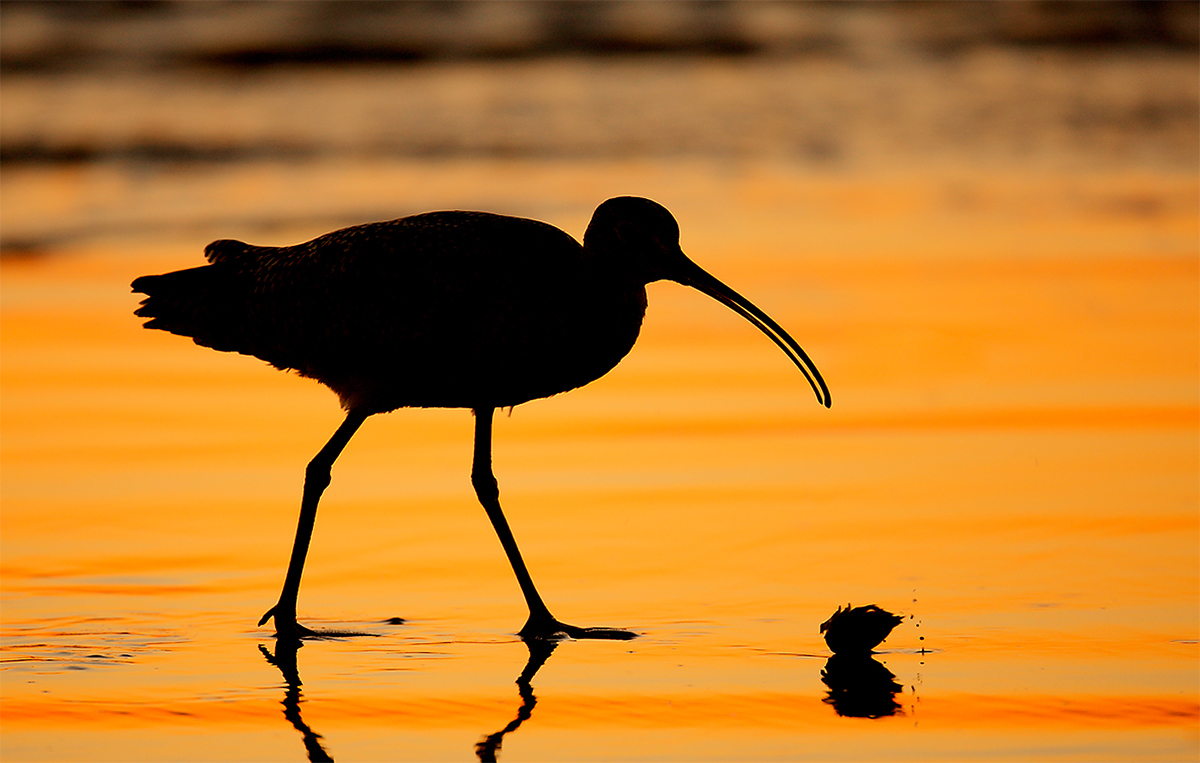
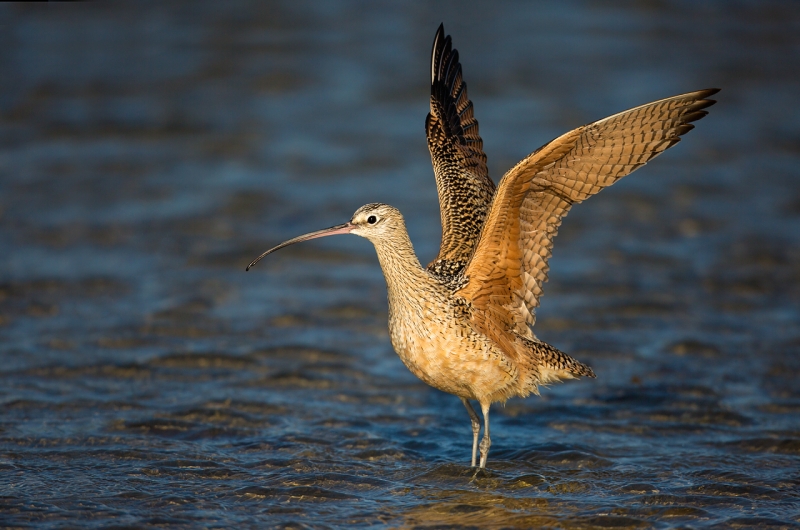
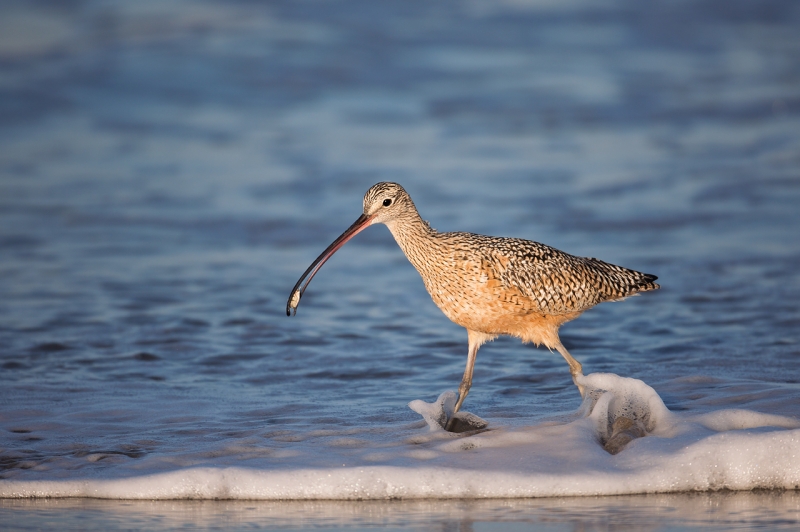
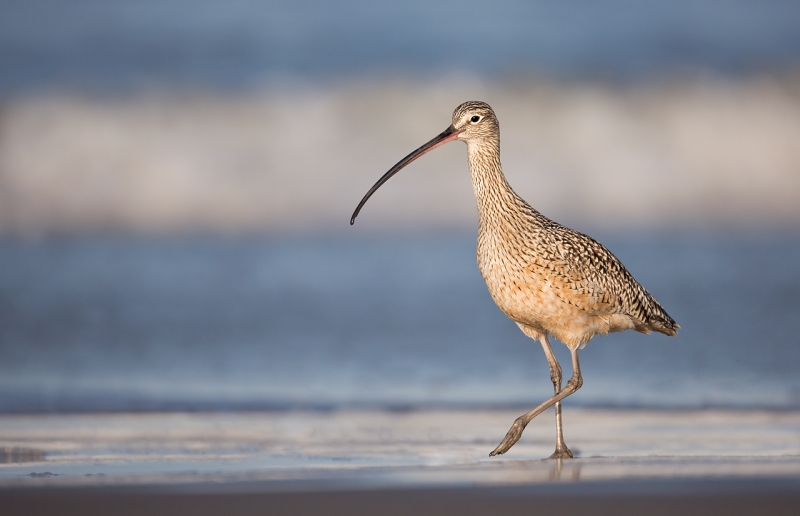
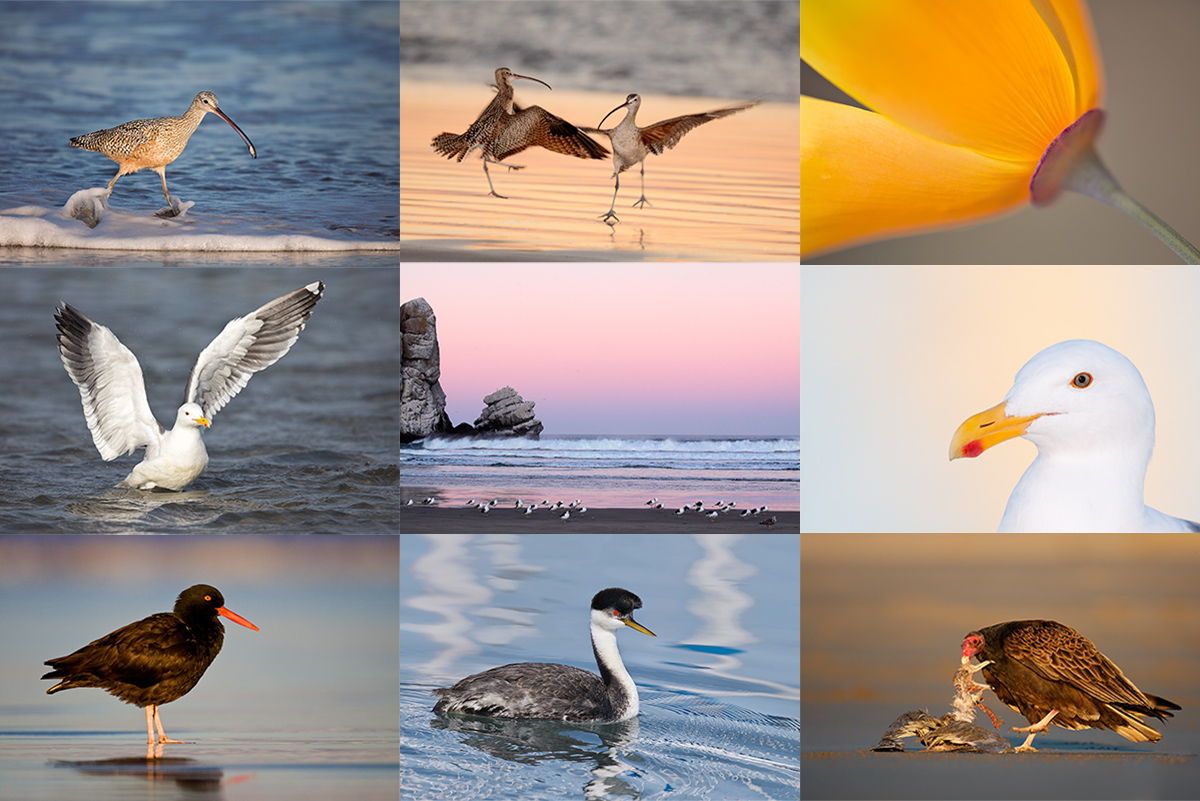













You say above “Evaluative metering +2/3 stop: 1/2000 sec. at f/5.6 in Manual mode” using the Canon 5D3. I didn’t think the 5D3 could compensate +/- stops in manual mode, only in Av or Tv modes. If I try to +2/3 in manual it brackets the expose with +2/3 and -2/3. How are you doing this?
Thanks for a great blog.
You cannot add or subtract light in Manual mode. You can tell where you are in relation to the suggested, i.e., the metered exposure by seeing where the indicator rests on the exposure Analog scale…. artie
ps: tanks.